So I am attempting to tie a real time clock (DS1302) into an Arduino and then eventually a AVR chip directly. From all of the schematics I have seen, it appears a crystal is required. I read through the datasheet (above) and did not get the feeling you can run the chip without one.
Am I mistaken? I hope so as I would just like to hook this up to the Arduino and also have a coin cell battery back it up. Does this IC require a crystal or does it have its own built on board?

